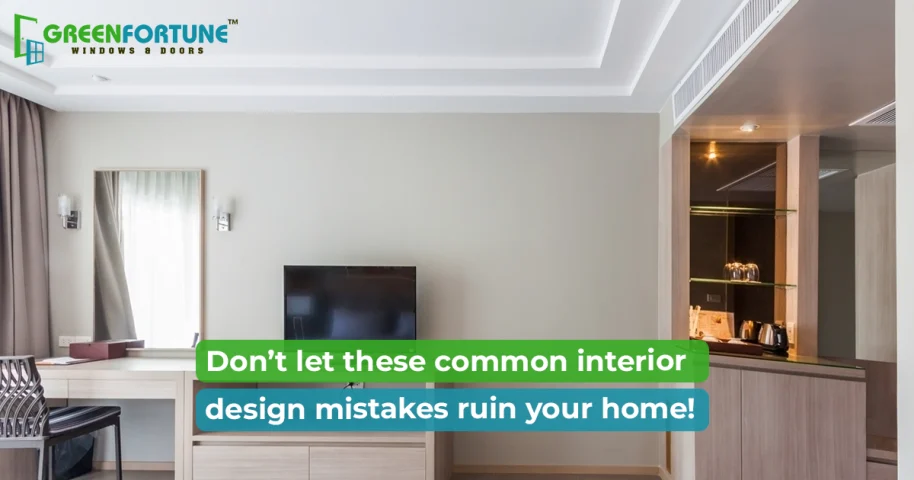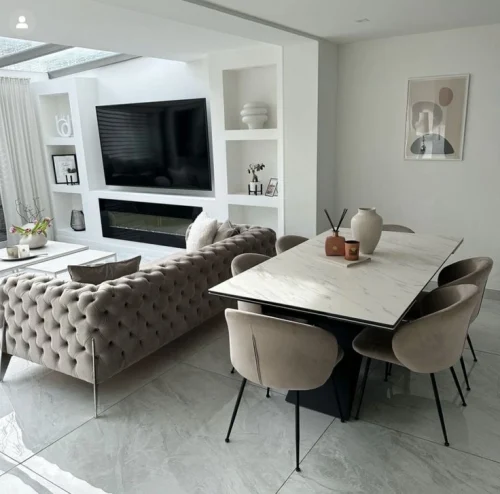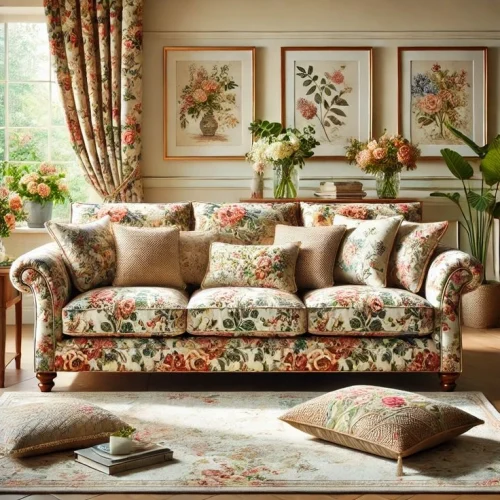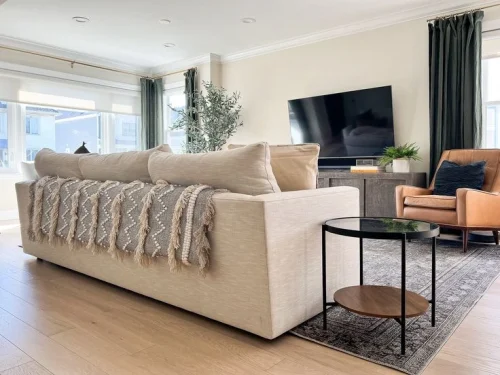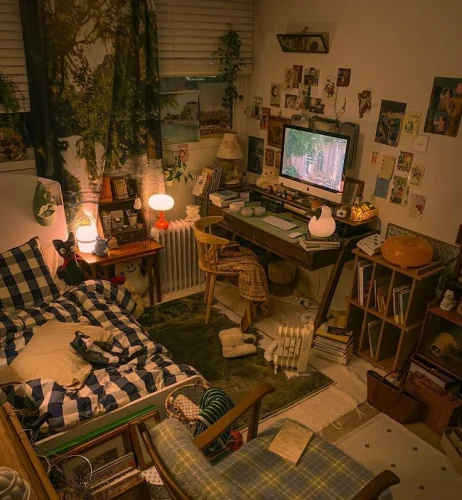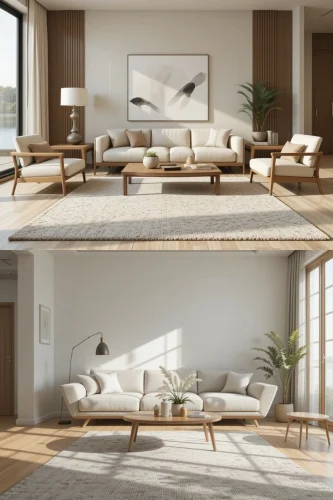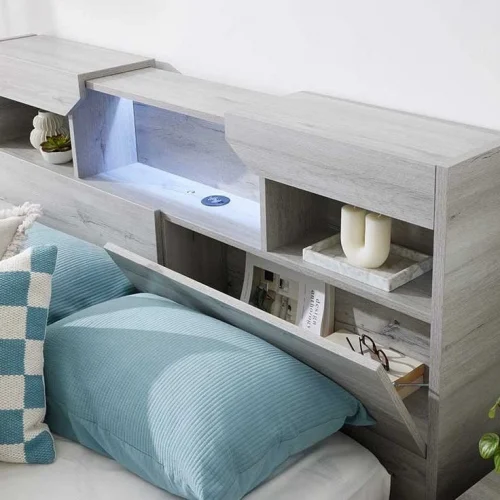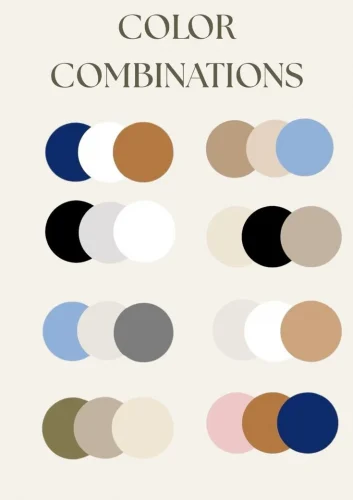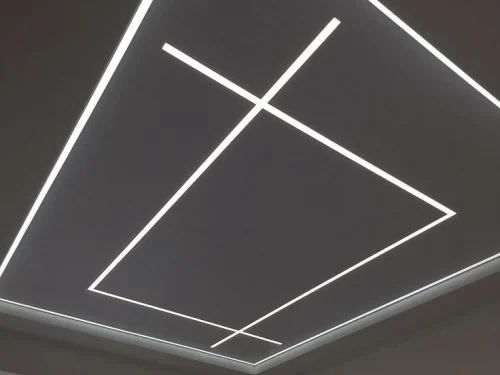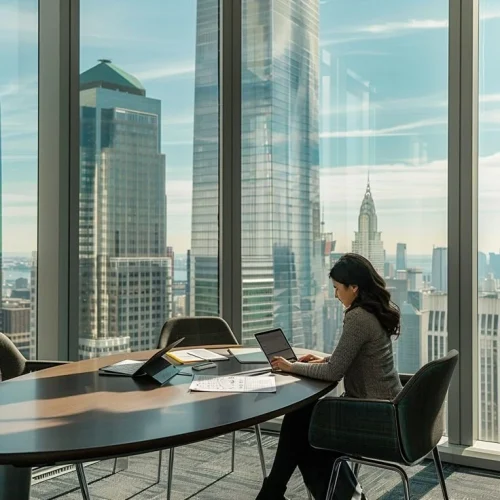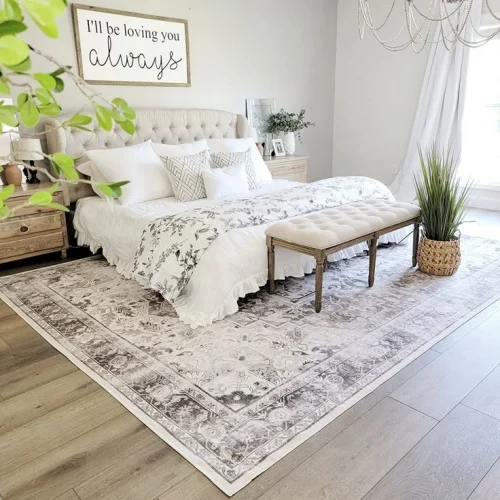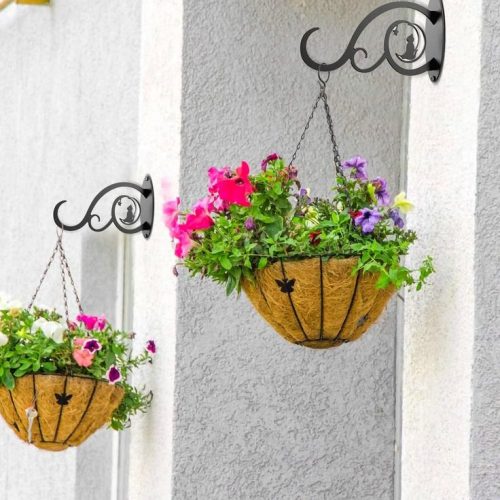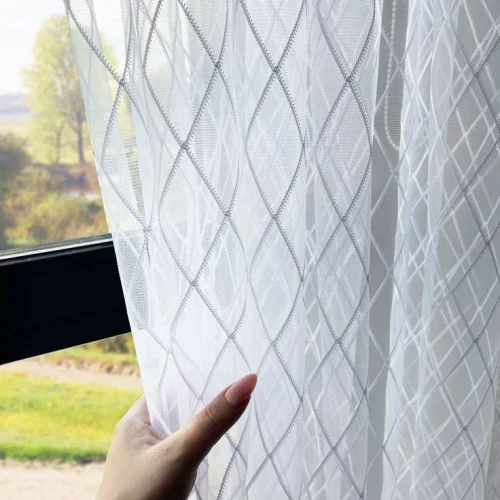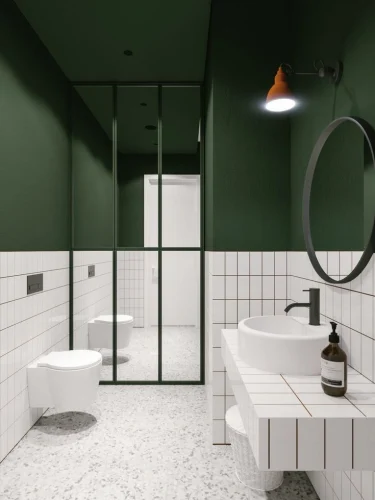
Top Benefits of Installing Automated Windows and Doors
August 7, 2025
Exploring the Most Popular Types of Wall Finishes in India
August 8, 2025Designing a home isn’t just about pretty colours and expensive furniture. Even the smallest mistake can throw off the whole vibe. So before you start your home makeover, it’s important to know what not to do.
Let’s go over the most common interior design mistakes to avoid, especially if you're planning a space that’s both functional and beautiful.
Table of contents
- Ignoring Function for Style
- Choosing the Wrong Lighting
- Matching Everything
- Placing Furniture Against the Walls
- Going Overboard With Décor
- Ignoring Scale and Proportion
- Forgetting About Storage
- Using Colours Without a Plan
- Ignoring the Ceiling
- Not Taking Professional Help
- Placing Rugs Incorrectly
- Hanging Art at the Wrong Height
- Blocking Natural Light
- Forgetting Local Climate
- Ignoring the Flow Between Rooms
- Final Thoughts
- Looking For Doors And Windows That Last Longer And Look Better?
- FAQs
Ignoring Function for Style
It’s tempting to focus only on aesthetics. But the number one common interior design mistakes to avoid is choosing furniture or layouts that look good but don’t work for your lifestyle.
If you buy a huge sofa that doesn't fit your room or install a pretty dining table that blocks movement, it will cause daily frustration.
- Fix it: Always measure your space. Think about how you use each room before picking furniture. A beautiful space that doesn’t work well is still a bad design.
Also Read: 11 Dining Table Vastu Mistakes To Avoid in 2025
Choosing the Wrong Lighting
Bad lighting can ruin even the best interiors. One of the most overlooked interior design dos and don’ts is ignoring layers of lighting.
A single overhead bulb isn’t enough. Poor lighting makes your home feel cold and flat.
- Fix it: Use a mix of ambient (ceiling), task (table), and accent (wall or floor) lights. Natural light should also be maximised wherever possible.
Matching Everything
Matching your sofa, curtains, and cushions in the same colour or print? That’s a rookie move.
Too much coordination can make the room feel flat, boring, and outdated.
- Fix it: Mix colours, textures, and patterns. Add contrast with cushions, rugs, and art. A little variety brings the room to life.
Placing Furniture Against the Walls
Many people think pushing furniture against the walls makes a room look bigger. It doesn’t. It actually creates awkward empty spaces in the middle.
This is a classic interior layout error.
- Fix it: Create a cosy seating area by pulling furniture inward. Leave some breathing room around pieces instead of pushing everything to the edges.
Going Overboard With Décor
Cluttering every surface with candles, vases, or figurines can overwhelm the eye. One of the easiest decorating mistakes to avoid is over-accessorising.
Too many things on display will make your space look messy, not curated.
- Fix it: Pick a few statement pieces. Let your décor breathe. Negative space is just as important as what you fill it with.
Ignoring Scale and Proportion
Another common interior design mistakes to avoid is choosing the wrong size of furniture, lights, or rugs. A tiny rug in a big room looks awkward. An oversized chandelier in a small room feels cramped.
- Fix it: Balance is key. Measure your space before buying anything. Your furniture and accessories should relate well to the size of the room and to each other.
Forgetting About Storage
A beautiful home without storage quickly becomes a cluttered mess. Not planning enough storage is a major space planning mistake.
- Fix it: Add closed storage wherever possible — TV units, beds with drawers, coffee tables with shelves. A neat space always feels more spacious and stylish.
Using Colours Without a Plan
Choosing random paint colours or overloading a space with multiple bold shades can confuse the visual flow of a home.
This is a common mistake when people don’t understand how colours interact.
Fix it: Stick to a cohesive colour palette. Use neutral tones as a base, and add pops of colour through furniture or art. Test swatches before finalising wall colours.
Ignoring the Ceiling
Ceilings are the most ignored element in home design. Leaving them plain white can be a missed opportunity.
- Fix it: Try subtle ceiling mouldings, soft colours, or wooden panelling. A thoughtfully designed ceiling adds polish and depth to a room.
Not Taking Professional Help
Thinking you can design an entire home without any expert input can lead to costly blunders.
While it’s okay to DIY some parts, skipping a professional interior design consultation can lead to regrets later.
- Fix it: Even a short consultation can help avoid layout errors, awkward colour choices, and expensive redesigns. Designers know how to bring ideas together in a practical way.
Placing Rugs Incorrectly
A rug that floats in the middle of the room or doesn’t sit under the furniture looks disconnected from the space.
It’s one of the smallest yet most visible common interior design mistakes to avoid.
- Fix it: Your rug should anchor your furniture. Ideally, at least the front legs of sofas and chairs should sit on the rug. In dining rooms, rugs should extend beyond the chairs.
Hanging Art at the Wrong Height
Artwork hung too high or too low breaks the line of sight and feels awkward.
- Fix it: As a rule, hang art at eye level — around 57 to 60 inches from the floor to the centre of the piece. Align frames with furniture edges for a more balanced look.
Blocking Natural Light
Heavy curtains or placing tall furniture in front of windows reduces natural light, making the room feel small and gloomy.
- Fix it: Use sheer curtains or blinds that allow light in. Keep windows unobstructed to bring in air and brightness.
Forgetting Local Climate
This is especially important in India. Choosing fabrics or materials without considering the climate can lead to discomfort.
- Fix it: Go for breathable fabrics like cotton or linen in hot regions. Avoid materials like leather in places with high humidity.
Ignoring the Flow Between Rooms
Focusing on one room at a time without thinking of how it connects to the next can create a visual disconnect.
- Fix it: Choose a design theme that runs through the entire home. Colours, textures, and flooring should complement each other across spaces.
Final Thoughts
Making a home is exciting, but it’s easy to go wrong without realising it. These are some of the most common interior design mistakes to avoid — from bad lighting to poor furniture placement and clutter. Keep things simple, think about function, and always plan before you buy.
Even small design fixes can make your space look more polished, practical, and peaceful.
Looking For Doors And Windows That Last Longer And Look Better?
At Green Fortune, we offer high-quality uPVC doors and windows that are energy-efficient, low-maintenance, and built for Indian weather. Whether you're renovating your home or building new, we help you choose designs that match your style and space. Our products are eco-friendly, durable, and backed by expert installation support.
Explore our collection and bring better design to your doors and windows today.
FAQs
- How do I know if my room layout is wrong?
If your furniture feels cramped or the space doesn’t “flow,” it might be an interior layout error. Walking paths should be clear, and every area should serve a purpose. Revisit your layout if you’re constantly shifting things around. - Is it okay to follow trends in home design?
Trends can inspire, but blindly following them is a common interior design mistakes to avoid. Choose pieces that match your style and lifestyle instead. A timeless look always lasts longer than what’s “hot” right now. - Why does my home still feel off even after decorating?
Sometimes it's not about what you’ve added but what you missed. Lighting, scale, or lack of space planning can make a room feel incomplete. A good interior design consultation can help spot what’s wrong.
Common Interior Design Mistakes to Avoid in New Renovations







